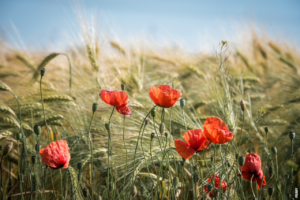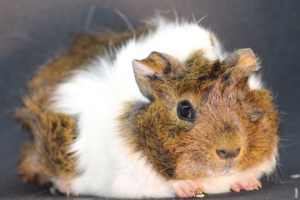The Fascinating World of Fruit Reproduction
Did you know that the process of fruit reproduction is an intricate and captivating journey? In this article, we will delve into the magical world of fruit reproduction, uncovering the secrets of how these delectable treats come to be.
1. The Seed’s Journey
At the heart of fruit reproduction lies the journey of the seed. It all begins with the pollination process, where the male pollen fertilizes the female ovule. This union initiates the formation of the seed, which then becomes the core of the fruit.
2. Pollination Methods
There are various methods of pollination in the fruit kingdom. Some fruits rely on wind or water to carry their pollen, while others depend on insects, birds, or even mammals. These unique strategies have evolved over time, ensuring the survival and diversity of fruits.
3. Fruit Varieties and Adaptations
Each fruit has its own unique way of reproducing, with specific adaptations to maximize its chances of survival. Some fruits, like apples and pears, require cross-pollination between different trees for successful reproduction. Others, such as strawberries and bananas, can reproduce asexually through runners or offsets.
4. The Role of Animals
Animals play a vital role in fruit reproduction. Bees, for instance, are attracted to the vibrant colors and sweet nectar of flowers. As they move from flower to flower, they inadvertently transfer pollen, facilitating fertilization. Birds, on the other hand, are attracted to fruits for their nutritional value. They consume the fruit and disperse the seeds through their droppings, aiding in seed dispersal and ensuring the survival of the species.
Post
Post
5. The Miracle of Seed Dispersal
Seed dispersal is a critical stage in fruit reproduction. Fruits have evolved various mechanisms to disperse their seeds effectively. Some fruits have developed wings or parachutes to be carried away by the wind, while others have sticky coatings that attach to animals’ fur or feathers. Water-dwelling fruits have even evolved floating capabilities to distribute their seeds through rivers and oceans.
6. Human Intervention
Humans have also played a significant role in fruit reproduction. Through selective breeding, humans have cultivated and enhanced desirable traits in fruits, leading to the development of numerous delicious and nutritious varieties. Additionally, humans have developed advanced techniques such as grafting and tissue culture to propagate fruits with desirable characteristics.
7. The Circle of Life
As fruits fulfill their purpose by being consumed, their seeds embark on a new journey. Some seeds find themselves in favorable conditions, germinating and growing into new fruit-bearing trees. Others may face challenges but are equipped with remarkable adaptations to increase their chances of survival. Thus, the circle of life continues, ensuring the continuation of diverse fruit species.
Conclusion
From the intricate process of pollination to the fascinating strategies of seed dispersal, fruit reproduction is a captivating phenomenon. The diverse methods employed by fruits, aided by animals and humans, highlight the resilience and adaptability of nature. The next time you bite into a juicy fruit, take a moment to appreciate the incredible journey it took to reach your plate.



